PHOTO GALLERY:
Colonial Architecture of Penang – Malaysia
Penang, Malaysia was one of the major ports along the old Asian trading route that ran between Europe, India, the Middle East, SE Asia and China. The British commanded the port during those prosperous years. The island quickly attracted merchants, traders and laborers from all over the world, and particularly from China, India and Europe.
Collectively during the 1800s and early 1900s, they built a small city full of administrative buildings, Chinese row shop houses, various temples and places of worship, and grand homes. Marriages between wealthy Chinese and Malaysians created a unique sub-culture known as Peranakan. They developed their own foods, clothing and hair styles, daily customs and colonial Peranakan architecture.
Luckily for the world, most of those colonial buildings, shops, homes and temples are still standing. And in 2008 Penang was awarded the UNESCO World Heritage Status, a title well deserved.
Central Georgetown, Penang’s main town, consists of long streets packed with attractive colonial Chinese shop houses. Several massive colonial British administrative buildings run along the edge of town at the sea side. Large mansions are scattered around the larger Georgetown area, in various states of restoration or deterioration.
Architectural styles vary tremendously and are often unique blends of British colonial and Chinese designs & decore, including but certainly not limited by the Peranakan designs.
Georgetown is a fascinating place to wander around, especially if you’re fond of architecture.
SEE Colonial Architecture of Penang
—————————————————————————————————————-
You might also enjoy:
Photo Gallery: Quirky Penang
My Review of Pinang Peranakan Museum
10 Free Things to do in Penang
—————————————————————————————————————————–






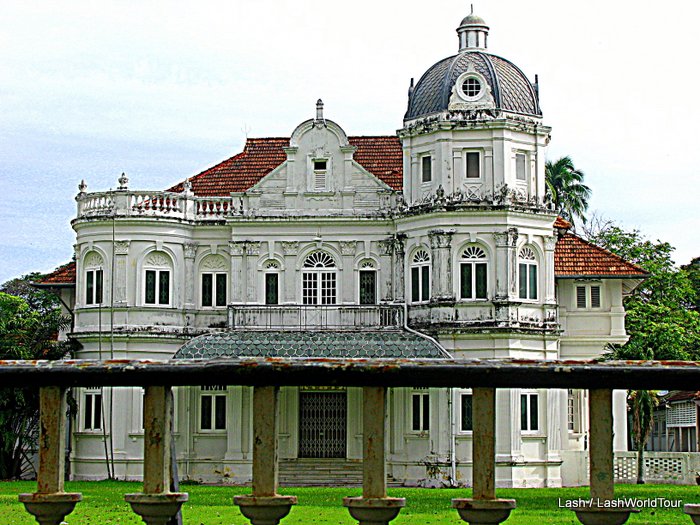
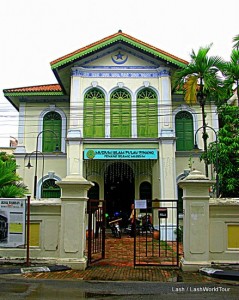
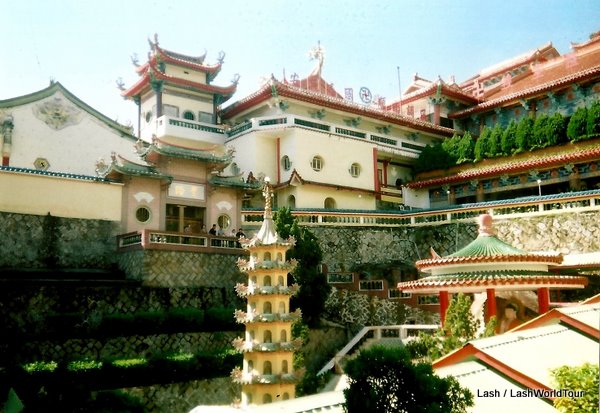
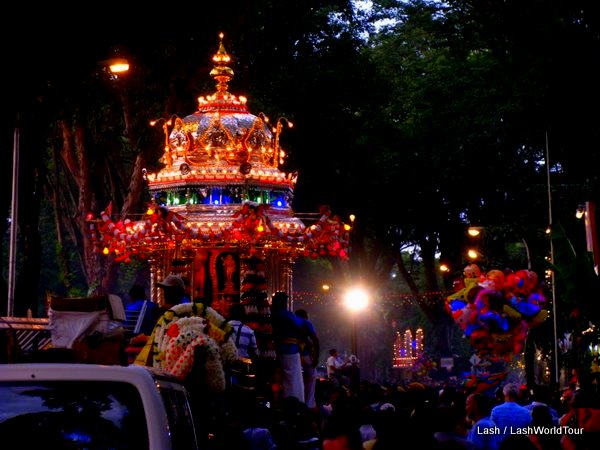
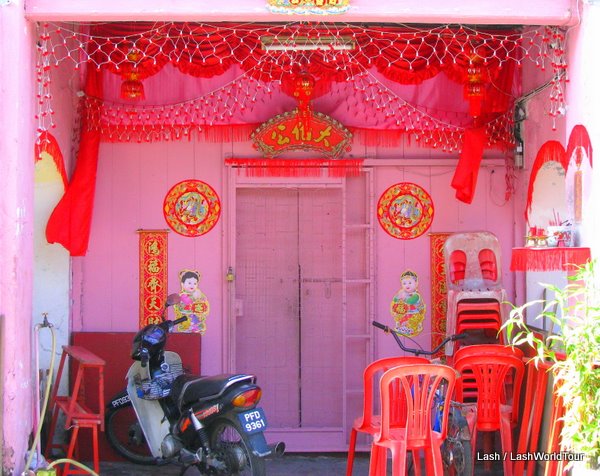

 Hi! I'm Lash, an American nomadic world traveler who's been traveling solo since 1998. I’m passionate about traveling the world nomadically and then sharing it all with you. I hope to inspire you to travel the world, to entertain you with tales from the road, and to help you reach your travel dreams. Welcome!
Hi! I'm Lash, an American nomadic world traveler who's been traveling solo since 1998. I’m passionate about traveling the world nomadically and then sharing it all with you. I hope to inspire you to travel the world, to entertain you with tales from the road, and to help you reach your travel dreams. Welcome! 



